DAMAGES FROM INCREASED TERMITES
입력 2021.07.05 (15:18)
수정 2021.07.05 (16:45)
읽어주기 기능은 크롬기반의
브라우저에서만 사용하실 수 있습니다.
[Anchor Lead]
The Cultural Heritage Administration is worried about the sudden increase of termites accelerated by climate change. A village of traditional houses in Gangwon-do Province recently reported heavy damages from termites that fed on wooden support beams.
[Pkg]
Wanggok Village in Goseong, Gangwon-do Province was designated a national folk cultural asset for its cluster of traditional hanok and thatched-roof houses. There are several holes bored into the support pillars inside a wooden house. At another house, a wooden panel is removed to expose a threshold that is eaten away here and there. This damage was caused by the wood-eating termites from Japan.
[Soundbite] Kim Da-in(Termite Damage Victim) : "The termite damage is so serious that it wouldn’t be surprising if this house collapsed right now."
Hundreds of termites were found living in the bait lumber buried in the vicinity to lure the insect. Twenty out of 55 houses in Wanggok Village suffered termite damage. The sudden increase of termites is said to be caused by global warming that created a good living environment for them. As wooden cultural assets suffer more extensive termite damage, the affected areas that were confined to the southern part of Korea are now spreading to the rest of the country. More areas are believed to be infested with termites. It's not easy to find these insects which live inside wooden materials and tend to avoid light.
[Soundbite] Koh Hyeong-sun(Gangwon Institute of Cultural Heritage) : "It is hard to find termite habitats. So it is very difficult to collect accurate data."
Cultural property experts say that prevention and aggressive pest eradication measures are needed since wooden cultural assets damaged by termites are hard to restore.
The Cultural Heritage Administration is worried about the sudden increase of termites accelerated by climate change. A village of traditional houses in Gangwon-do Province recently reported heavy damages from termites that fed on wooden support beams.
[Pkg]
Wanggok Village in Goseong, Gangwon-do Province was designated a national folk cultural asset for its cluster of traditional hanok and thatched-roof houses. There are several holes bored into the support pillars inside a wooden house. At another house, a wooden panel is removed to expose a threshold that is eaten away here and there. This damage was caused by the wood-eating termites from Japan.
[Soundbite] Kim Da-in(Termite Damage Victim) : "The termite damage is so serious that it wouldn’t be surprising if this house collapsed right now."
Hundreds of termites were found living in the bait lumber buried in the vicinity to lure the insect. Twenty out of 55 houses in Wanggok Village suffered termite damage. The sudden increase of termites is said to be caused by global warming that created a good living environment for them. As wooden cultural assets suffer more extensive termite damage, the affected areas that were confined to the southern part of Korea are now spreading to the rest of the country. More areas are believed to be infested with termites. It's not easy to find these insects which live inside wooden materials and tend to avoid light.
[Soundbite] Koh Hyeong-sun(Gangwon Institute of Cultural Heritage) : "It is hard to find termite habitats. So it is very difficult to collect accurate data."
Cultural property experts say that prevention and aggressive pest eradication measures are needed since wooden cultural assets damaged by termites are hard to restore.
■ 제보하기
▷ 카카오톡 : 'KBS제보' 검색, 채널 추가
▷ 전화 : 02-781-1234, 4444
▷ 이메일 : kbs1234@kbs.co.kr
▷ 유튜브, 네이버, 카카오에서도 KBS뉴스를 구독해주세요!
- DAMAGES FROM INCREASED TERMITES
-
- 입력 2021-07-05 15:18:27
- 수정2021-07-05 16:45:50
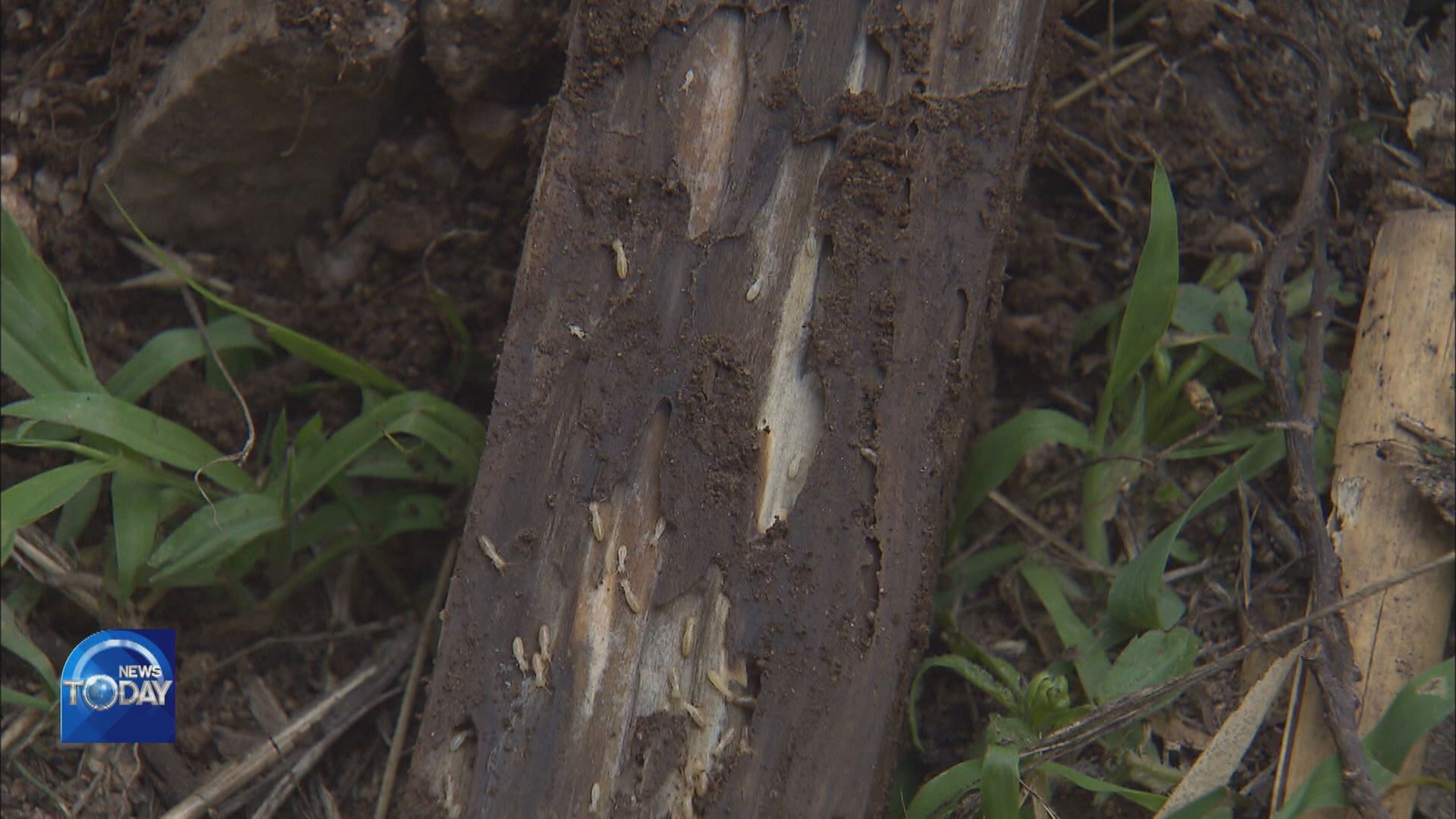
[Anchor Lead]
The Cultural Heritage Administration is worried about the sudden increase of termites accelerated by climate change. A village of traditional houses in Gangwon-do Province recently reported heavy damages from termites that fed on wooden support beams.
[Pkg]
Wanggok Village in Goseong, Gangwon-do Province was designated a national folk cultural asset for its cluster of traditional hanok and thatched-roof houses. There are several holes bored into the support pillars inside a wooden house. At another house, a wooden panel is removed to expose a threshold that is eaten away here and there. This damage was caused by the wood-eating termites from Japan.
[Soundbite] Kim Da-in(Termite Damage Victim) : "The termite damage is so serious that it wouldn’t be surprising if this house collapsed right now."
Hundreds of termites were found living in the bait lumber buried in the vicinity to lure the insect. Twenty out of 55 houses in Wanggok Village suffered termite damage. The sudden increase of termites is said to be caused by global warming that created a good living environment for them. As wooden cultural assets suffer more extensive termite damage, the affected areas that were confined to the southern part of Korea are now spreading to the rest of the country. More areas are believed to be infested with termites. It's not easy to find these insects which live inside wooden materials and tend to avoid light.
[Soundbite] Koh Hyeong-sun(Gangwon Institute of Cultural Heritage) : "It is hard to find termite habitats. So it is very difficult to collect accurate data."
Cultural property experts say that prevention and aggressive pest eradication measures are needed since wooden cultural assets damaged by termites are hard to restore.
The Cultural Heritage Administration is worried about the sudden increase of termites accelerated by climate change. A village of traditional houses in Gangwon-do Province recently reported heavy damages from termites that fed on wooden support beams.
[Pkg]
Wanggok Village in Goseong, Gangwon-do Province was designated a national folk cultural asset for its cluster of traditional hanok and thatched-roof houses. There are several holes bored into the support pillars inside a wooden house. At another house, a wooden panel is removed to expose a threshold that is eaten away here and there. This damage was caused by the wood-eating termites from Japan.
[Soundbite] Kim Da-in(Termite Damage Victim) : "The termite damage is so serious that it wouldn’t be surprising if this house collapsed right now."
Hundreds of termites were found living in the bait lumber buried in the vicinity to lure the insect. Twenty out of 55 houses in Wanggok Village suffered termite damage. The sudden increase of termites is said to be caused by global warming that created a good living environment for them. As wooden cultural assets suffer more extensive termite damage, the affected areas that were confined to the southern part of Korea are now spreading to the rest of the country. More areas are believed to be infested with termites. It's not easy to find these insects which live inside wooden materials and tend to avoid light.
[Soundbite] Koh Hyeong-sun(Gangwon Institute of Cultural Heritage) : "It is hard to find termite habitats. So it is very difficult to collect accurate data."
Cultural property experts say that prevention and aggressive pest eradication measures are needed since wooden cultural assets damaged by termites are hard to restore.
이 기사가 좋으셨다면
-
좋아요
0
-
응원해요
0
-
후속 원해요
0










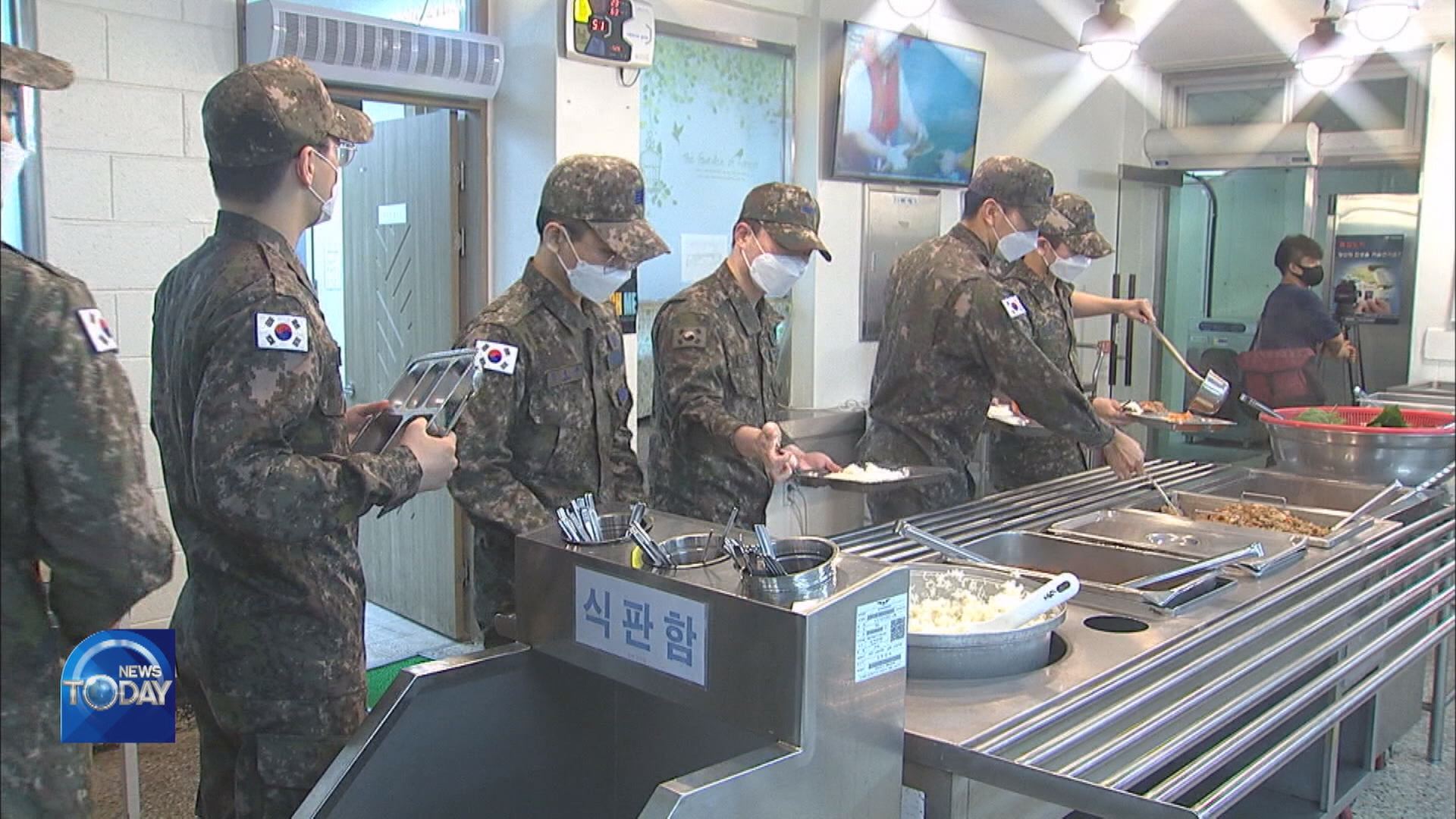
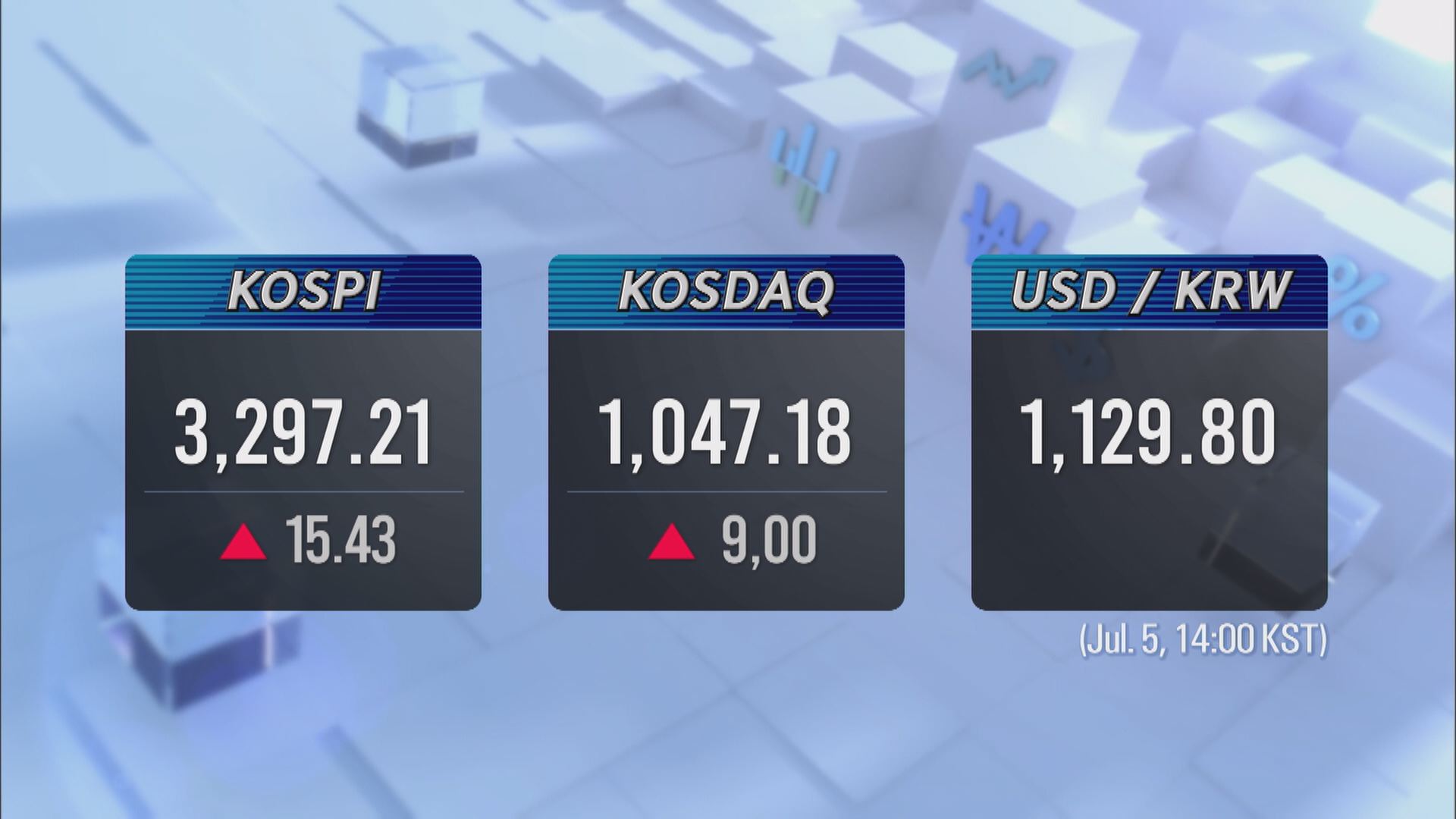

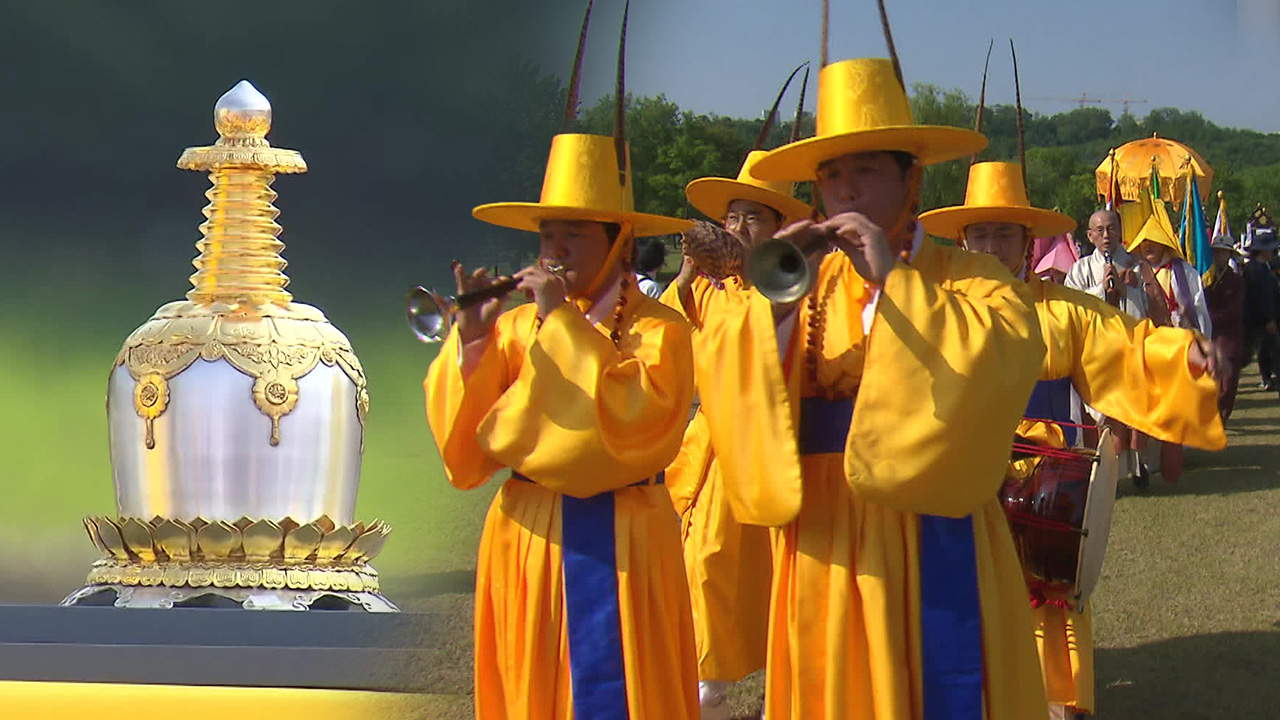

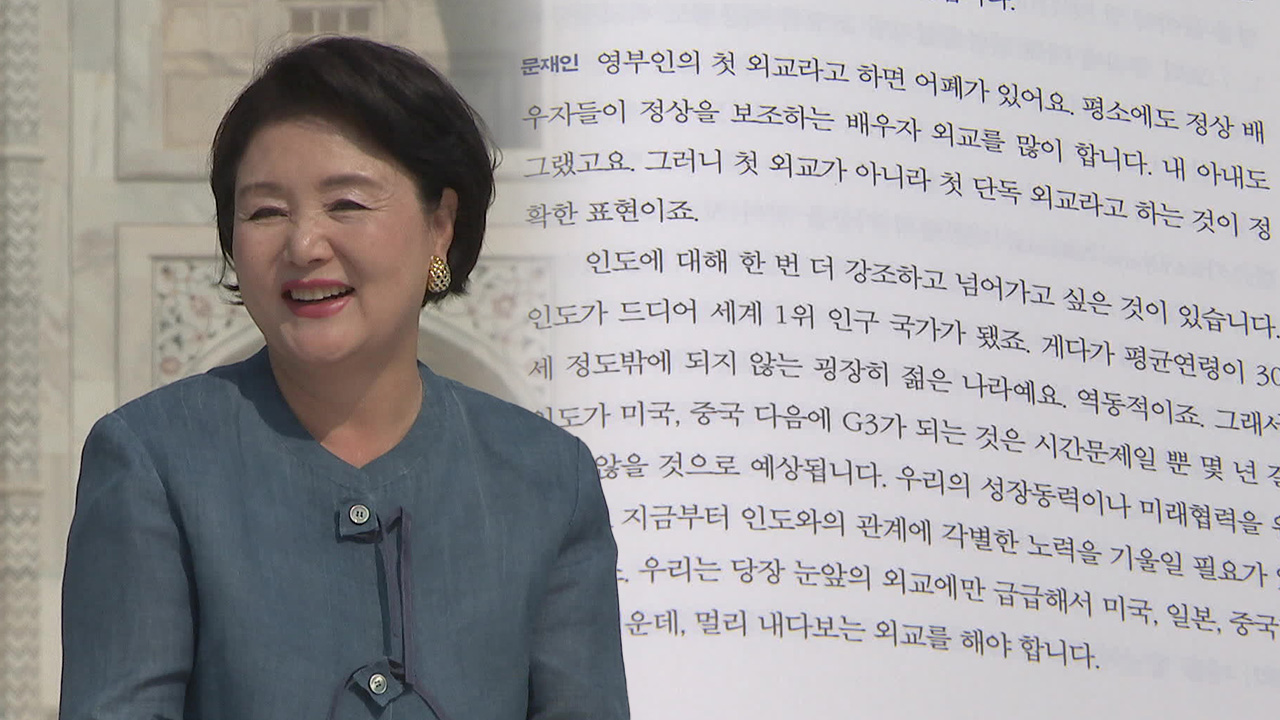

이 기사에 대한 의견을 남겨주세요.